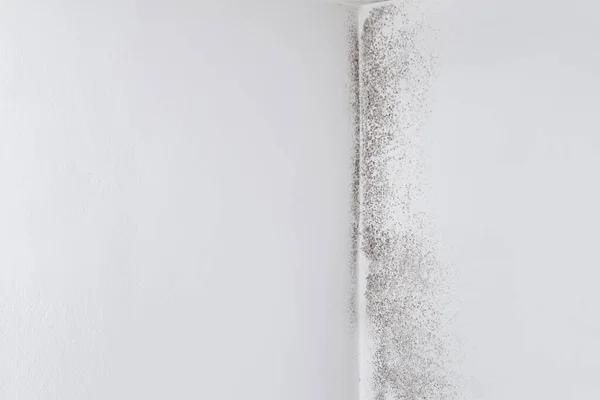A well-maintained roof is an integral part of any property. It protects the structure from external elements, contributes to energy efficiency and adds aesthetic appeal. However, a neglected roof can lead to significant damage and costly repairs over time. Therefore, regular roof inspections are crucial for maintaining the longevity and performance of your roofing system.
When it comes to roof inspection essentials, professionals follow a comprehensive checklist to ensure every aspect of the roof is thoroughly examined. Let’s delve into some key points that should be included in this checklist.
Firstly, a professional will start with an overall visual inspection from the ground level. They will look for obvious signs of wear and tear such as missing or damaged shingles, sagging areas, or piles of granules which could indicate shingle deterioration.
Next on their list would be inspecting gutters and downspouts. These components play a vital role in directing water away from your home; hence they need to be free from debris like leaves or twigs that could cause blockages leading to water damage.
The inspector then proceeds onto the rooftop where they’ll give close attention to flashings around chimneys, vents, skylights or other protrusions on your roof. Improperly installed or damaged flashings are one find out more of the common causes for leaks in roofs because they create vulnerable points for water penetration.
Another critical area that professionals inspect is the attic space under the roof deck. They will check for proper insulation and ventilation which are crucial factors affecting your home’s energy efficiency as well as preventing moisture build-up that can lead to mold growth and wood rotting.
The condition of interior ceilings is also part of a professional’s checklist during a roof inspection. Water stains or discoloration on ceilings often point towards potential leaks in the roofing system which require immediate attention before causing extensive damage.
Additionally, professionals also assess whether there has been any previous repair work done on your roofing system by checking invoices or work orders. This helps them understand the history of your roof and identify any recurring issues or improper repairs that might have been done previously.
Lastly, a comprehensive inspection would also include checking for signs of pests like rodents or termites which can cause significant damage to the structural integrity of your roof over time.
In conclusion, a professional’s roof inspection checklist is an exhaustive process that covers all aspects of your roofing system. Regular inspections not only help in identifying potential problems early but also contribute to extending the lifespan of your roof. Therefore, never underestimate the importance of getting a thorough and professional roof inspection done periodically.




